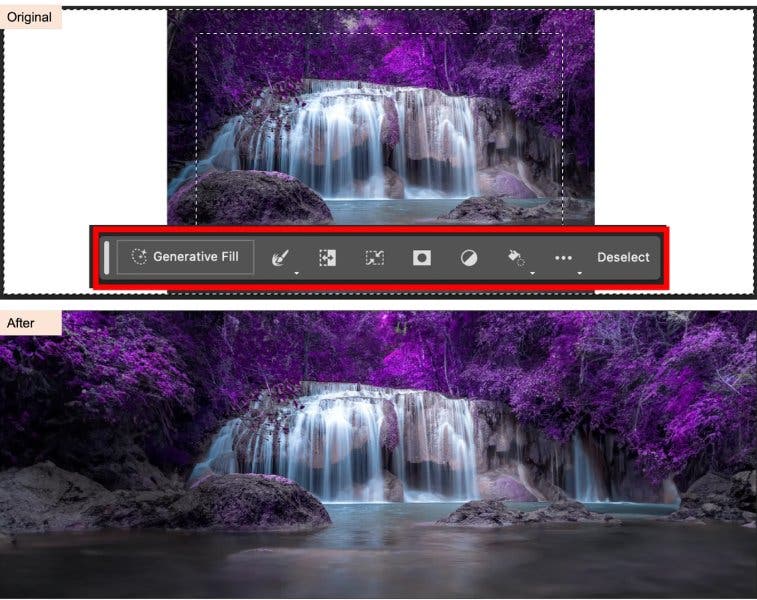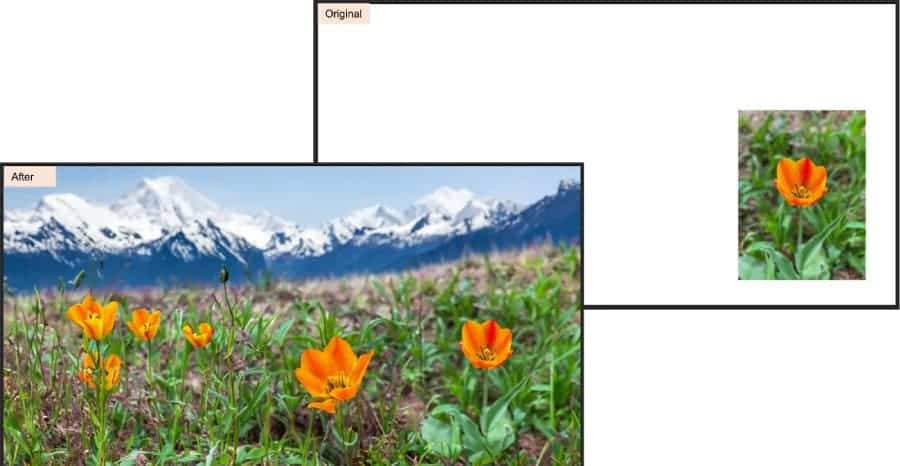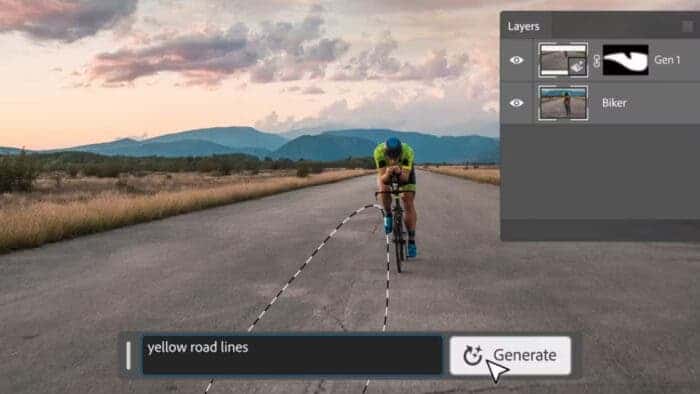Adobe launched Firefly, its AI-powered image generator, a little over a month ago. Its beta launch was a huge success, with users generating over 100 million assets. Adobe has now announced that it will integrate Firefly into Photoshop. Adobe says Firefly is not meant to replace human designers. But it will instead act as a “co-pilot” to help them create more creative and original designs.
Firefly in Adobe Photoshop
Firefly can be used in Photoshop with the feature called “Generative Fill.” It can be used to enhance, extend, or remove unwanted elements from images. To use it, users will have to write a text prompt such as and Photoshop will generate the desired result.

Since the rise of AI image generators, many artists are worried that these AI tools are trained on copyrighted artworks. Adobe has taken the right approach in this regard. It trained Firefly on its own stock images and images from the public domain whose copyright has ended. This means that the content Firefly produces is commercially viable. The Generative Fill feature will be available in the Beta version starting this Tuesday. A broader release is planned for later in 2023.
Expanding Photoshop capabilities
Adobe has been using AI in its tools for more than a decade. The background replacement feature in Photoshop is one of the best examples of it. But the integration of Firefly into Photoshop expands its capabilities to new heights. With this, the photo editing process will become much faster. Likewise, the creation of images and templates from scratch will become effortless.

Also, to address the problem of AI-generated fakes, Adobe is adding Content Credentials to the created works. This will give users more context about how the art was created, such as whether it was made entirely by hand or if AI was used.
Our Thoughts
Firefly can help designers save time and effort by automating many of the tasks involved in creating images and designs. For example, Firefly can be used to automatically generate backgrounds, textures, and patterns. This can free up designers to focus on more creative aspects of their work. Also, it can be a great way for new users to learn about design and create high-quality images and designs without having to learn complex software.





